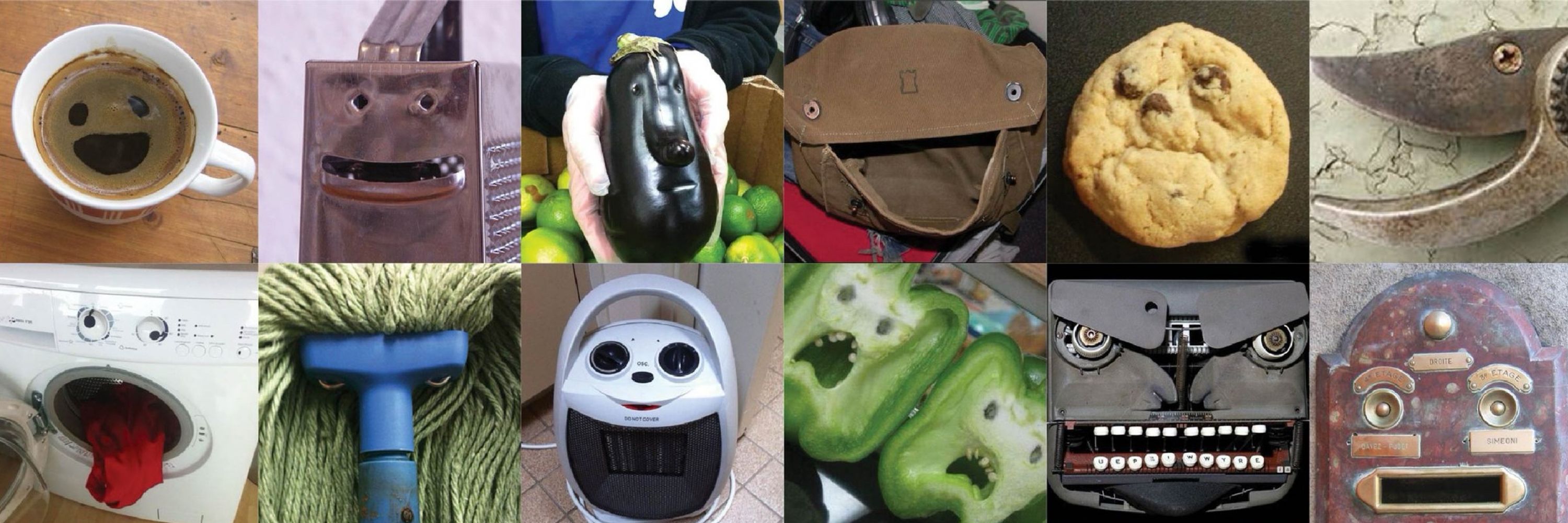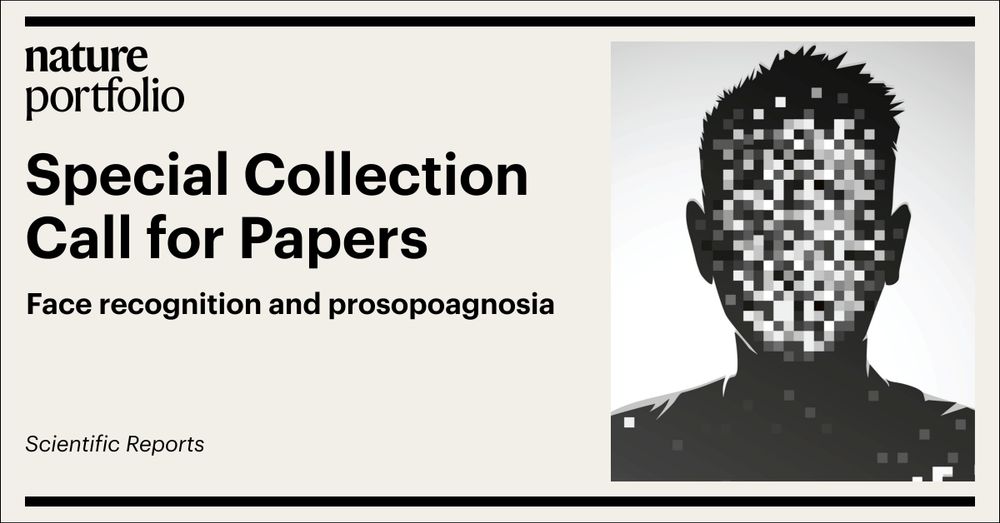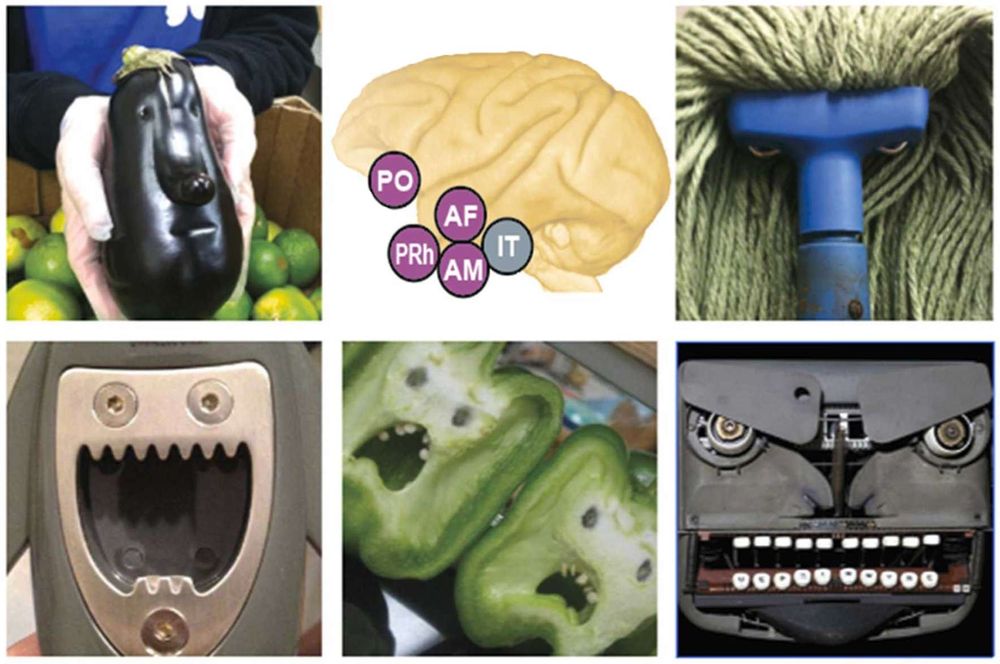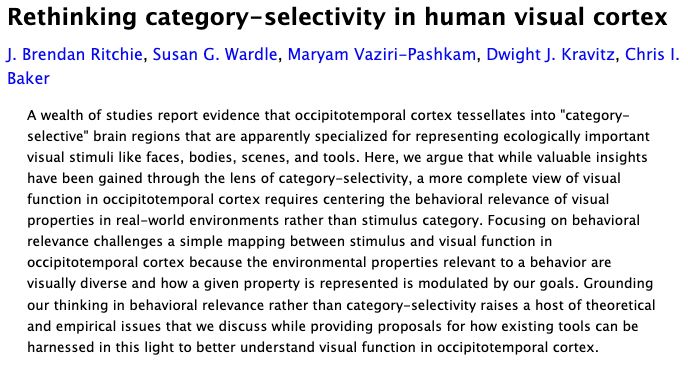
Jess Taubert
@jesstaubert.bsky.social
I study the neural basis of social intelligence and face perception in humans and other animals.
Director of the BrisBRAIN Lab at the University of Queensland in BrisBANE Australia.
Director of the BrisBRAIN Lab at the University of Queensland in BrisBANE Australia.
Pinned
Jess Taubert
@jesstaubert.bsky.social
· Aug 19
Delighted to share our latest paper in Communications Psychology on face pareidolia.
doi.org/10.1038/s442...
doi.org/10.1038/s442...
Congratulations to my PhD student, Christopher Buckland, who was recently interviewed by The Economist about his innovative work on studying face perception in naturalistic contexts.
We agree - naturalistic experiments are (and should be) all the rage!
www.economist.com/science-and-...
We agree - naturalistic experiments are (and should be) all the rage!
www.economist.com/science-and-...

How to study people who are very drunk
Naturalistic experiments are all the rage
www.economist.com
September 9, 2025 at 1:30 AM
Congratulations to my PhD student, Christopher Buckland, who was recently interviewed by The Economist about his innovative work on studying face perception in naturalistic contexts.
We agree - naturalistic experiments are (and should be) all the rage!
www.economist.com/science-and-...
We agree - naturalistic experiments are (and should be) all the rage!
www.economist.com/science-and-...
Reposted by Jess Taubert
Excited to have this one out! We found that the perception of illusory faces relies on parallel brain representations of faces and objects with different dynamics, enabling flexible behaviour.
EEG shows illusory faces in objects initially resemble real faces then shift to object-like representations, with task demands determining which identity guides behavior.
@amandakrobinson.bsky.social @jesstaubert.bsky.social
www.nature.com/articles/s44...
@amandakrobinson.bsky.social @jesstaubert.bsky.social
www.nature.com/articles/s44...

Neural correlates reveal separate stages of spontaneous face perception - Communications Psychology
Neural dynamics reveal separate stages of spontaneous face perception: EEG shows illusory faces in objects initially resemble real faces then shift to object-like representations, with task demands de...
www.nature.com
August 27, 2025 at 3:33 AM
Excited to have this one out! We found that the perception of illusory faces relies on parallel brain representations of faces and objects with different dynamics, enabling flexible behaviour.
Reposted by Jess Taubert
Job alert! The Psychology Department at NDSU is hiring a tenure-track assistant professor in Developmental Psychology, broadly defined. Please share widely & if you (or students/post-docs) have questions about the dept., about Fargo, or anything else please be in touch. #PsychSciSky #VisionScience

Careers
Faculty Position: Tenure Track Assistant Professor of Developmental Psychology
prd.hcm.ndus.edu
August 26, 2025 at 7:42 PM
Job alert! The Psychology Department at NDSU is hiring a tenure-track assistant professor in Developmental Psychology, broadly defined. Please share widely & if you (or students/post-docs) have questions about the dept., about Fargo, or anything else please be in touch. #PsychSciSky #VisionScience
Reposted by Jess Taubert
EEG shows illusory faces in objects initially resemble real faces then shift to object-like representations, with task demands determining which identity guides behavior.
@amandakrobinson.bsky.social @jesstaubert.bsky.social
www.nature.com/articles/s44...
@amandakrobinson.bsky.social @jesstaubert.bsky.social
www.nature.com/articles/s44...

Neural correlates reveal separate stages of spontaneous face perception - Communications Psychology
Neural dynamics reveal separate stages of spontaneous face perception: EEG shows illusory faces in objects initially resemble real faces then shift to object-like representations, with task demands de...
www.nature.com
August 19, 2025 at 7:13 AM
EEG shows illusory faces in objects initially resemble real faces then shift to object-like representations, with task demands determining which identity guides behavior.
@amandakrobinson.bsky.social @jesstaubert.bsky.social
www.nature.com/articles/s44...
@amandakrobinson.bsky.social @jesstaubert.bsky.social
www.nature.com/articles/s44...
Delighted to share our latest paper in Communications Psychology on face pareidolia.
doi.org/10.1038/s442...
doi.org/10.1038/s442...
August 19, 2025 at 4:53 AM
Delighted to share our latest paper in Communications Psychology on face pareidolia.
doi.org/10.1038/s442...
doi.org/10.1038/s442...
🧠📣 New deadline! Submissions to our Scientific Reports special issue on Face Recognition & Prosopagnosia are now open until July 26, 2025.
We're looking for cutting-edge work on the neural and cognitive basis of face perception—both typical and impaired.
🔗 www.nature.com/collections/...
We're looking for cutting-edge work on the neural and cognitive basis of face perception—both typical and impaired.
🔗 www.nature.com/collections/...

May 12, 2025 at 4:55 AM
🧠📣 New deadline! Submissions to our Scientific Reports special issue on Face Recognition & Prosopagnosia are now open until July 26, 2025.
We're looking for cutting-edge work on the neural and cognitive basis of face perception—both typical and impaired.
🔗 www.nature.com/collections/...
We're looking for cutting-edge work on the neural and cognitive basis of face perception—both typical and impaired.
🔗 www.nature.com/collections/...
Reposted by Jess Taubert
🧵 New paper alert! Ever wondered if a naturalistic smile grabs your attention just as fast as a posed one?
We tested how quickly people look toward happy, neutral, and threatening faces—using real-world vs staged expressions.
Spoiler: naturalistic faces are powerful.
👇
We tested how quickly people look toward happy, neutral, and threatening faces—using real-world vs staged expressions.
Spoiler: naturalistic faces are powerful.
👇
April 14, 2025 at 12:11 AM
🧵 New paper alert! Ever wondered if a naturalistic smile grabs your attention just as fast as a posed one?
We tested how quickly people look toward happy, neutral, and threatening faces—using real-world vs staged expressions.
Spoiler: naturalistic faces are powerful.
👇
We tested how quickly people look toward happy, neutral, and threatening faces—using real-world vs staged expressions.
Spoiler: naturalistic faces are powerful.
👇
Reposted by Jess Taubert
Two more days until our workshop 🥳@cosynemeeting.bsky.social #Cosyne2025
Object-centric neural representations across species 🐒🐁🕷️🐝🖥️
Check out our homepage: toliaslab.org/workshop/cos...
Excellent speakers include @dyamins.bsky.social @hansopdebeeck.bsky.social & many more 🙌
Object-centric neural representations across species 🐒🐁🕷️🐝🖥️
Check out our homepage: toliaslab.org/workshop/cos...
Excellent speakers include @dyamins.bsky.social @hansopdebeeck.bsky.social & many more 🙌
Cosyne 2025 Object Centric Workshop
Website for the object centric workshop at 2025 COSYNE
toliaslab.org
March 30, 2025 at 7:29 PM
Two more days until our workshop 🥳@cosynemeeting.bsky.social #Cosyne2025
Object-centric neural representations across species 🐒🐁🕷️🐝🖥️
Check out our homepage: toliaslab.org/workshop/cos...
Excellent speakers include @dyamins.bsky.social @hansopdebeeck.bsky.social & many more 🙌
Object-centric neural representations across species 🐒🐁🕷️🐝🖥️
Check out our homepage: toliaslab.org/workshop/cos...
Excellent speakers include @dyamins.bsky.social @hansopdebeeck.bsky.social & many more 🙌
Reposted by Jess Taubert
Ostracism affects children’s behavioral reactivity and gaze cueing of attention #OpenAccess doi.org/10.1371/jour...

Ostracism affects children’s behavioral reactivity and gaze cueing of attention
Being ostracized is a negative experience that threatens important psychological needs, inducing considerable cognitive and behavioral changes and influencing the processing of social signals such as ...
doi.org
April 2, 2025 at 5:49 PM
Ostracism affects children’s behavioral reactivity and gaze cueing of attention #OpenAccess doi.org/10.1371/jour...
Our latest study in JEPHPP explores how we detect #facepareidolia under different task demands. Results like these keep providing clues that we are equipped to build multiple representations in parallel to flexibly support a diverse range of behavioural goals.
psycnet.apa.org/doi/10.1037/...
psycnet.apa.org/doi/10.1037/...

March 6, 2025 at 5:23 AM
Our latest study in JEPHPP explores how we detect #facepareidolia under different task demands. Results like these keep providing clues that we are equipped to build multiple representations in parallel to flexibly support a diverse range of behavioural goals.
psycnet.apa.org/doi/10.1037/...
psycnet.apa.org/doi/10.1037/...
Reposted by Jess Taubert
Join us for the CAJAL NeuroAI summer course in Lisbon July 14-Aug 1. We have a great line-up of speakers from a diverse range of topics across NeuroAI. Check out our website for more details and help us spread the word: cajal-training.org/on-site/neur...
Applications are due March 7!
Applications are due March 7!
February 3, 2025 at 10:46 PM
Join us for the CAJAL NeuroAI summer course in Lisbon July 14-Aug 1. We have a great line-up of speakers from a diverse range of topics across NeuroAI. Check out our website for more details and help us spread the word: cajal-training.org/on-site/neur...
Applications are due March 7!
Applications are due March 7!
Here, Koyano et al. show that 🐒 neurons in certain face patches barely react to pareidolia (illusory faces in objects).
doi.org/10.1016/j.pn...
To those who have argued that the brain "obviously" processes stimuli that look like faces as faces—it's not that simple.
doi.org/10.1016/j.pn...
To those who have argued that the brain "obviously" processes stimuli that look like faces as faces—it's not that simple.

January 5, 2025 at 9:02 PM
Here, Koyano et al. show that 🐒 neurons in certain face patches barely react to pareidolia (illusory faces in objects).
doi.org/10.1016/j.pn...
To those who have argued that the brain "obviously" processes stimuli that look like faces as faces—it's not that simple.
doi.org/10.1016/j.pn...
To those who have argued that the brain "obviously" processes stimuli that look like faces as faces—it's not that simple.
Reposted by Jess Taubert
A happy face advantage for pareidolic faces in children and adults doi.org/10.1016/j.je...

November 27, 2024 at 11:55 AM
A happy face advantage for pareidolic faces in children and adults doi.org/10.1016/j.je...
Reposted by Jess Taubert
In this new perspective piece, we argue for an alternative framework of visual function in occipitotemporal cortex that prioritizes the behavioral relevance of visual properties in real-world environments.
"Rethinking category-selectivity in human visual cortex" with @susanwardle.bsky.social Maryam Vaziri-Pashkam, Dwight Kravitz @cibaker.bsky.social 1/3

November 18, 2024 at 4:42 PM
In this new perspective piece, we argue for an alternative framework of visual function in occipitotemporal cortex that prioritizes the behavioral relevance of visual properties in real-world environments.


